The Smallest Thing Alive - Cell?
Introduction
Really what is the smallest organism alive? To help us answer the question correctly, we must first answer another question - what is life? What are the characteristics an object must exhibit before we can classify it as a living organism? The answers are quite simple, probably too simple. The ability of an object to be able to reproduce, move, respond to environmental stimuli, excrete waste from its body, respire, feed and die. These are the qualities that define the life of any living organism.
So, far the smallest organism to have met all the above requirements are called cells. The living objects are very unique in several ways, and one of their uniqueness is their ability for similar cells to come together and form another larger living thing, isn’t that amazing? Something like Voltron - Defender of the Universe!
On that note, we can deduce that cells are the smallest entity of life, every living thing is made up of the collection of trillions of active cells, operating in different capacities in order for the organism to be alive.
Let's Look at Whats on the Inside of a Cell
So if cells are the basic unit of life, you might ask, then what are the cells themselves made of; we will be exploring that here. Cells possess a structure called Cytoplasm, which is simply an assemblage of organelles that operate outside the nucleus, the cell cytoplasm also envelopes the cytoskeleton and the cytosol which are found inside the plasma membrane. The Plasma membrane serves as a protective covering containing and separating the interior of the cell from the outside, and it also manufactures biomolecules. They are often found around the cell wall which serves as the border of the cell.
Just like any complex organism, that needs the activities of different complex organs in order to survive, the cell is no different. And to further understand this subject, we will be looking at the crucial organs that a cell possesses, whose activities help to sustain its life, which in turn enable the host organism to function effectively.
How Are Living Things Classified
All living organisms are simply classified either as unicellular or multicellular, it is customary for all living things to possess a cell. The unicellular organism possesses a single cell, a classic example is the bacteria. While multicellular organisms have more than one cell, for example, animals and plants.
The origin of cells can be traced as far back as 3.5 billion years ago, the two kinds of cells found then, are the only types of cells known.
There are the Prokaryotic and Eukaryotic cells.
Prokaryotic Cells
These self-sustainable cells were the very first sets of living things to appear on earth. They are very simple when compared to their eukaryotic counterparts. In comparison to Eukaryotic cells, Prokaryotes are smaller and lack a nucleus.
Normally, the DNA of a cell is usually found in the nucleus of that cell, but in case of the prokaryotic cell, the nucleus of this primitive cell is characterised by ‘one’ chromosome which is in direct contact with the cell’s cytoplasm.
Due to their obvious structural limitation, prokaryotic cells can only give rise to a handful domain of life; which are Archaea and bacteria.
Eukaryotic Cells
Animals, plants, algae fungi and slime all developed forms of the eukaryotic cells, due to their complex nature, they go through a sophisticated biological process in order for them to stay alive. In the comparison to the prokaryotic cell, eukaryotic cells are over a thousand times more in volume, and over 20 times broader than the prokaryotic cells. A structure in the cell wall known as the plasma membrane is said to house all the metabolic activities that go on in the cell. Lastly, the eukaryotic cells possess a nucleus that interprets encoded DNA instructions.
Another structure eukaryotic cells possess that is not-so-different from their prokaryotic cells counterpart is the cell membrane. The complex nature of the eukaryotic DNA means its organisation includes having more than a single chromosome which teams up with alkaline proteins located in the nucleus to organise a highly detailed DNA structured.
The Presence of Cilia
The word “Cilia” was derived from a Latin word which means eyelashes, these organelles are concerned with sensory activities and awareness in the eukaryotic cell, a further break down will result in mechanosensation, chemosensation and thermosensation. In other words, the cilia can be said to be the unit responsible for sensory perception in complex living organisms. The cilia are also equipped with a flagellum, which supports the movement of the cell.
In retrospect, we are aware that the two types of cells have a membrane that functions as a protective covering protecting the edge of the cell. Also, it acts as a permeability membrane that controls the flow of molecules such as proteins. In essence, it decides what comes in or goes out of the cell, as well as acting as a fastener, bidding the other organelles to the cytoplasm.
Bacteria
The bacteria cell is the simplest and self-sufficient living thing that exists, in comparison to the human cell in terms of size, the human cell is 150 times bigger than the bacteria cell. Hence the cells, are invisible to the naked eyes, and they were first seen when the microscope was invented. The bacterium is completely enveloped in a plasma membrane like most cells are, this plasma membrane also holds the cytoplasm together. The cytoplasm is made up of 70% liquid fluid, and the remaining 30% comprises of specialized proteins such as amino acids, glucose molecules and enzymes, all produced by the bacterium cell. In the middle of the bacteria cell, lies a strand of DNA that carries a set of instructions necessary to carry out biological processes.
The bacteria cell possesses flagella that are located outside the plasma membrane, and its primary function is to support its movement. In humans, only sperm cells have the ability to move around, the other cells don’t have that ability. Humans cells, when compared with bacteria cells are far more complex, they possess structures such as organelles and membranes, which aid complex activities that help us function the way we do.
In summary, a single-celled organism can be viewed as a completely independent organism, because all it wants to do is similar to what complex organism also want to do - survive and reproduce.
Enzymes
They are the real puppeteers behind the scenes pulling all the strings, they carry out most of the chemical processes that happen in a cell. In a given cell, there could be thousands of sorts of enzymes performing various chemical tasks. Therefore, it is important to include the role enzymes play in enabling a cell function effectively, which is enabling and coordinating all the chemical reactions that should take place in a cell; in order to increase the cells ability to survive. Some of this reaction includes cell growth and reproduction.
Enzymes are only different from one another based on the arrangement of their basic structures, these basic structures are amino acids which are form proteins, are arranged to form a series of linkage in a certain order. This arrangement is very important as it gives the enzyme a particular purpose.
The Somatic Cell
It is known that cells are the basic functional entity in the human system, this means that the cell is an entity on its own, standing freely as a living entity. And man as a multicellular organism is composed of a diverse un-identical array of cells that work together to make life possible for every human being. Macronutrients (carbohydrates, lipids and proteins), electrolytes, water, micronutrients (vitamins, minerals) all compose the non-cellular part of a typical human being.
A tissue is an array of the cell who come together to perform the same task. A collection of tissues, together form an organ, and organs execute a specific task in the human body. Despite how complex the body of humans may seem, this wide array of activities all boil down to the working of individual cells, that in the end, although simple, come together to carry out complex activities in order to make life possible.
Conclusion
Cytology which is the branch of biology that focuses on the study of cells either plant and animal is a fascinating subject. Where the collective activities of these little cell entities enable larger entities like trees, animals and humans to function. These functional abilities are highly calibrated, down to tiniest detail, everything works in these complex structures, and a defective cell or group of cells will result in abnormalities in the life of the host organism.
Cells > Tissues > Organs >Systems
This is the foundation of life, and it all starts with the cell.
References
How Stuff Work - How Cells Work
Dummies.com - Understanding cells
Wikipedia - Cell Biology
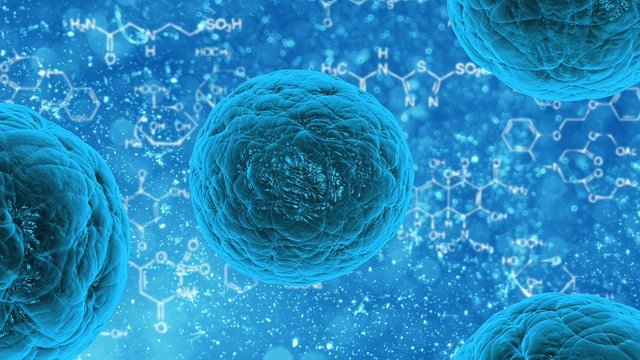
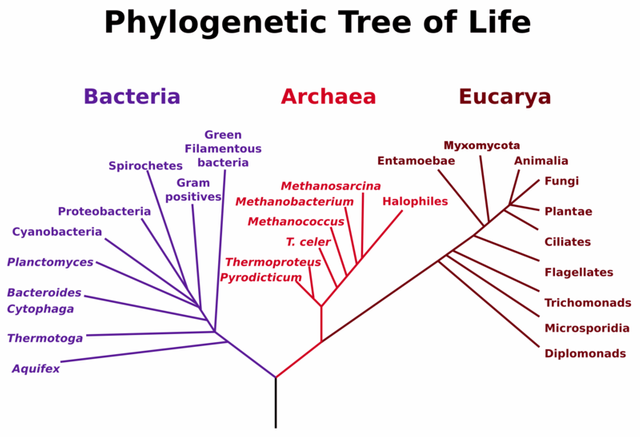
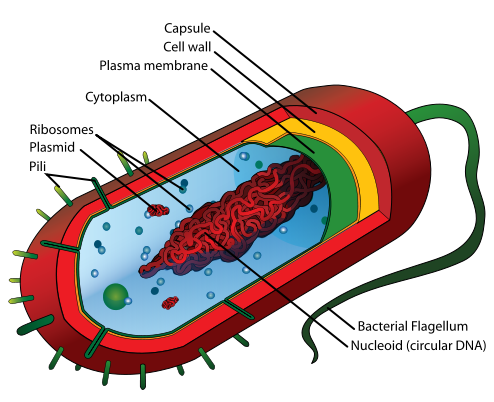
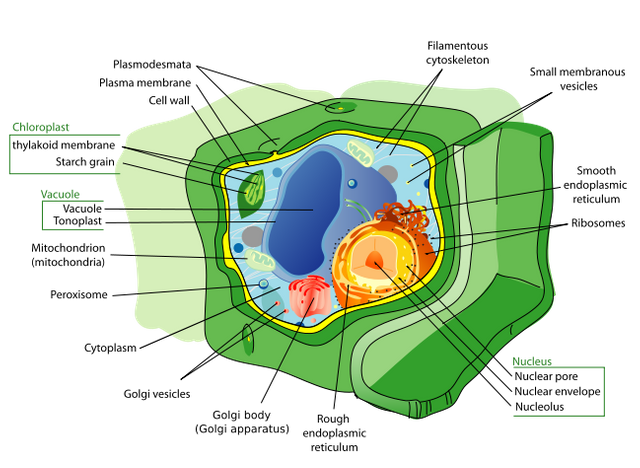
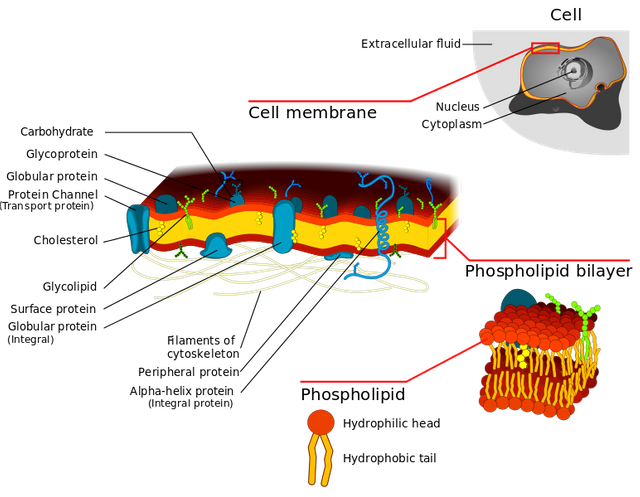
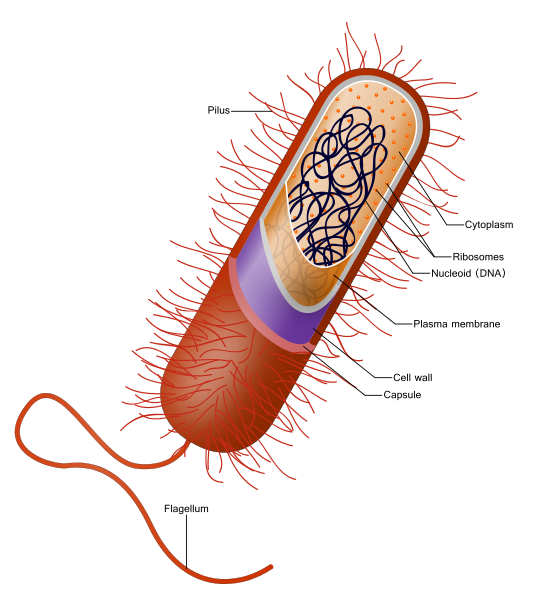
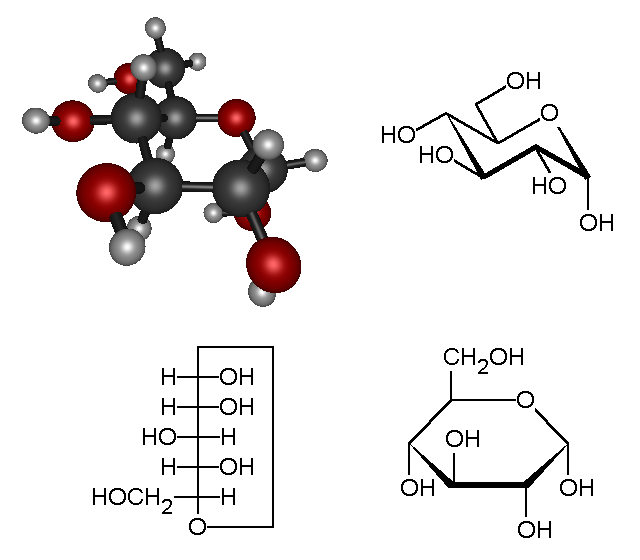
Cells are the functional unit of life, not just because they can perform every action attributed to a living thing, but because the whole complexity of life constitutes of cells, basically the term is also used in other disciplines to denote the very simplest part of an entity, not necessarily living things, this can be seen in the cells which makes up a battery.
However, prokaryotic cells do not actually lack a nucleus rather they do not have a well defined nucleus, their nucleus do not have the very essential nuclear membrane, but they basically posses chromosomes which is one of the major constituent of a nucleus, but due to the fact that these constituents are not arranged in a well defined membrane, they are not necessarily regarded as a definite nucleus and for primary knowledge prokaryotic cells are dubbed to be anucleate, but at a closer look they posses an unarranged nucleus without a membrane.
Nice write-up.
Hey @joelagbo
Here's a tip for your valuable feedback! @Utopian-io loves and incentivises informative comments.
Contributing on Utopian
Learn how to contribute on our website.
Want to chat? Join us on Discord https://discord.gg/h52nFrV.
Vote for Utopian Witness!
This is incorrect when written like this - cytoplasm is made up of the cytosol and insoluble suspended particles (organelles). And cytosol consists of water and anything that is soluble and dissolved in it (ions and soluble proteins). So cytoplasm doesn't envelop anything, because it's basically a liquid content of a cell, not a membrane.
As a scientist with a PhD in biology I never heard that plasma membrane is a manufacturer of biomolecules. Could you please explain what you meant by that? :)
The plasma membrane as I explained is a biological membrane that separates the interior of all cells from the outside environment. What I meant by this
is that the plasma membrane consists of a lipid bilayer with embedded proteins (which can also be called biomolecules) since biomolecules is a loosely used term to describe molecules and ions found in organisms that aid biological processes.
Perhaps I was wrong to say these molecules are produced by the plasma membrane.
Exactly :)
Hey @scienceangel
Here's a tip for your valuable feedback! @Utopian-io loves and incentivises informative comments.
Contributing on Utopian
Learn how to contribute on our website.
Want to chat? Join us on Discord https://discord.gg/h52nFrV.
Vote for Utopian Witness!
Great post. Very informative. Thanks for all the work.
Thanks for stopping by
God bless you. https://steemit.com/@biblegateway
Oh @florae, what a wonderful revision you provided me with through your text! I always loved cytology :)
Thanks a lot dear @abigail-dantes
nice write up. you have given a simplified explanation of everything about cells. i enjoyed reading through
Thanks a lot friend
I noticed you mentioned somatic cells and left out germ cells. I really wonder why :)
Anyway, I will like to ask a question. Do you consider viruses living entities ? If yes/no, why ?
I wish to reply you on this @kingabesh
viruses are not in themselves living organisms. they are merely the coming together of biomelecules which tend to assume function only when they find themselves in a cell. this simply means that outside a cell, a virus is dead and even inside the cell, it is at the mercy of its environment which is the cell.
they can neither reproduce on their own nor undergo their own metabolism. to me, they are just objects causing problems for the real living things
@purelyscience has said it all
Viruses are only alive when they are in a cell and are dead outside. They are not exclusively living entities
perfecto !
Hello! I find your post valuable for the wafrica community! Thanks for the great post! @wafrica is now following you! ALWAYs follow @wafrica and use the wafrica tag!
Hello @florae
This piece just reminded me of my secondary school physics. I am quite impressed with your level of knowledge about cells, and style of writing which made the content very engaging.
Regards
@eurogee of @euronation and @steemstem communities
Congratulations @florae! You have completed some achievement on Steemit and have been rewarded with new badge(s) :
Click on the badge to view your Board of Honor.
If you no longer want to receive notifications, reply to this comment with the word
STOPTo support your work, I also upvoted your post!
Do not miss the last post from @steemitboard!
Participate in the SteemitBoard World Cup Contest!
Collect World Cup badges and win free SBD
Support the Gold Sponsors of the contest: @good-karma and @lukestokes